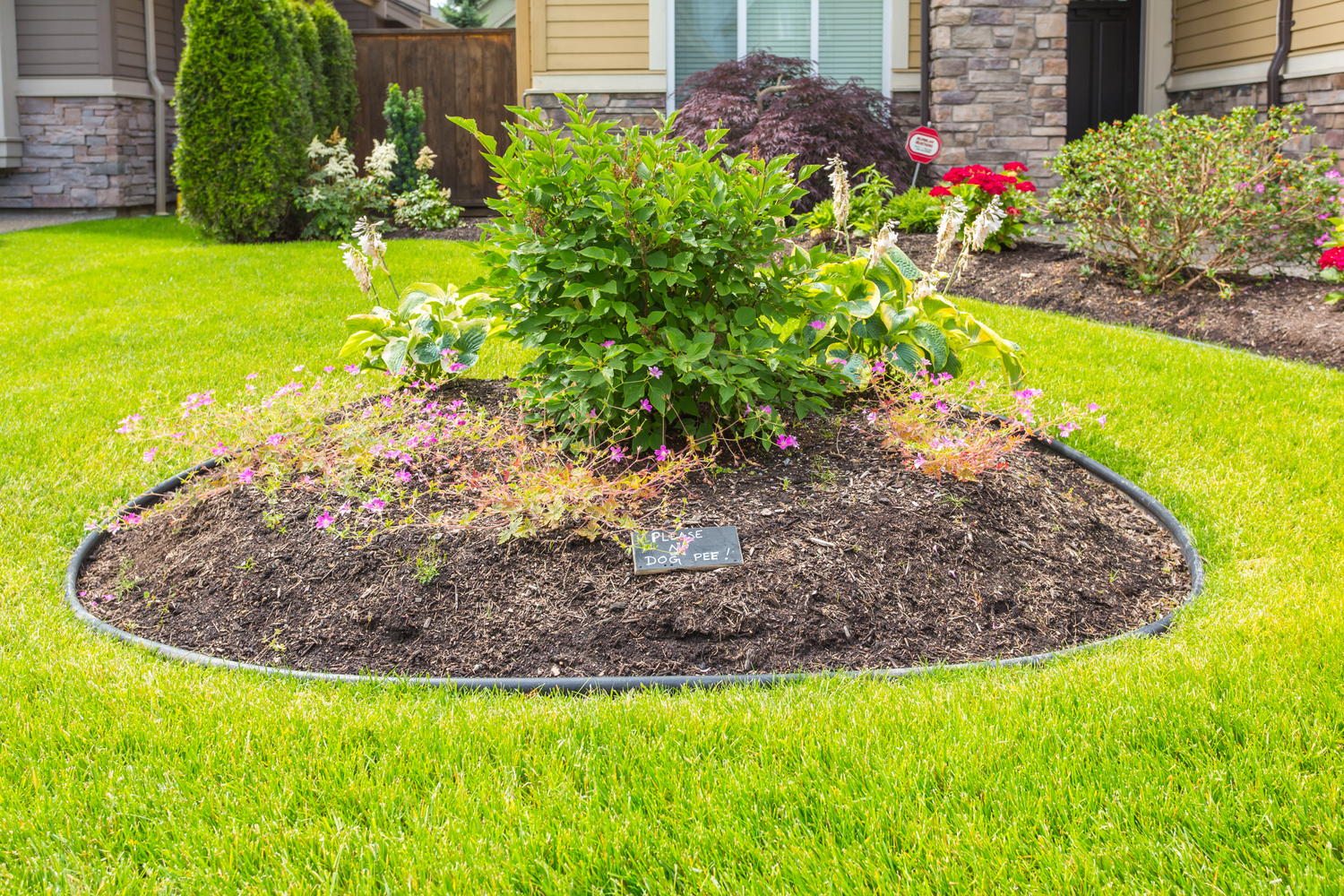
Tips for Green Grass Without Fertilizer
A lush green lawn is the foundation of any yard. Trees, flowers, and decorations are all just furniture we place atop this grass carpet. It is the framework that pulls everything together. It also provides healthy amounts of oxygen in exchange for healthy amounts of carbon dioxide. Unfortunately, the fertilizers most people use to grow these lawns prove hazardous to both people and the environment.
If you happen to be a homeowner looking for a lush lawn the natural way, here are the best natural remedies to grow a lawn with no fertilizer:
1. Match grass to climate
A common pitfall that affects many a lawn is that the grass that is seeded is not optimal for the weather conditions surrounding it. Different types of grass fare better in different climate conditions. So if you want to avoid fertilizer suiting the lawn to its location is a good first step to take.
2. Time mowing the lawn
Many homeowners often forget that grass is a plant. It needs to grow to remain healthy. Often lawns are damaged by over mowing. Homeowners stick a weekly schedule that prevents the grass from actually growing. Over mowing is one chief reason why a lawn begins to die. A way to avoid this is to mow the lawn at the right time. Usually, this is whenever the blades of grass grow over three inches. This allows the process of photosynthesis to occur and allows your lawn to absorb the nutrients it needs for natural green lawn care.
3. Mow at a higher setting
Another pitfall homeowners make when mowing is that they cut the grass too short. This weakens the plant and leaves it wide open to disease and pests. When you mow your lawn the lawnmower should be set to its highest setting. This way you cut the grass in a healthy manner that allows it to remain strong and resilient.
4. Pay attention to sunlight
Plants need full sunlight to grow. So when considering your lawn ensure that you have an open area under direct sunlight available. If your yard is a bit more shady then you may have to go with a more resilient breed of grass. Even stronger types of grass still need about four hours of direct sunlight to thrive, so pay attention to where the direct gaze of the sun touches your yard.
5. Use alternatives
Alternative forms of fertilizer like corn gluten meal or organic compost serve the same function as fertilizer without the negative aspects. Such alternatives help grass grow healthy and also improve the surrounding soil for future planting. Many are just as easily accessible as fertilizer as well making them a convenient choice as well.
6. Look at the soil
The type of soil found in your yard also plays a big role in the success of your lawn. It is recommended to test your soil before planting to ensure that it has what the grass will need. You may have to do certain things to improve the soil or even transfer some healthy soil in. Soil also give you a good clue as to the best type of grass to use.


